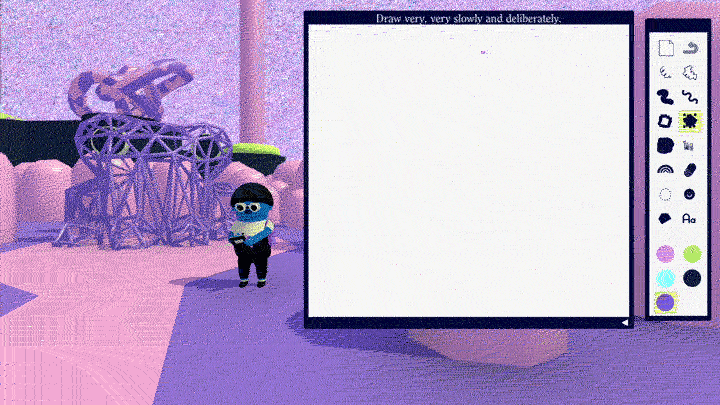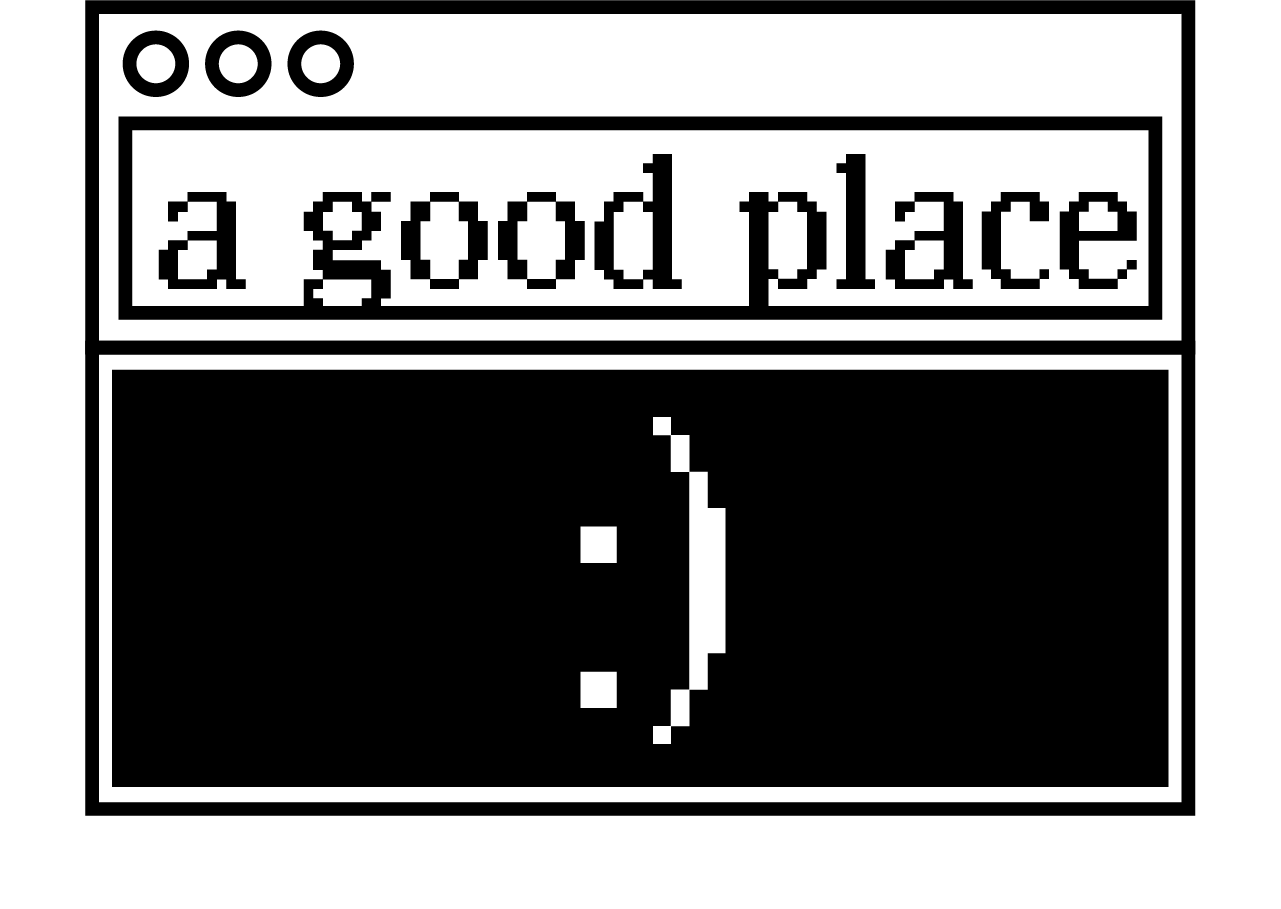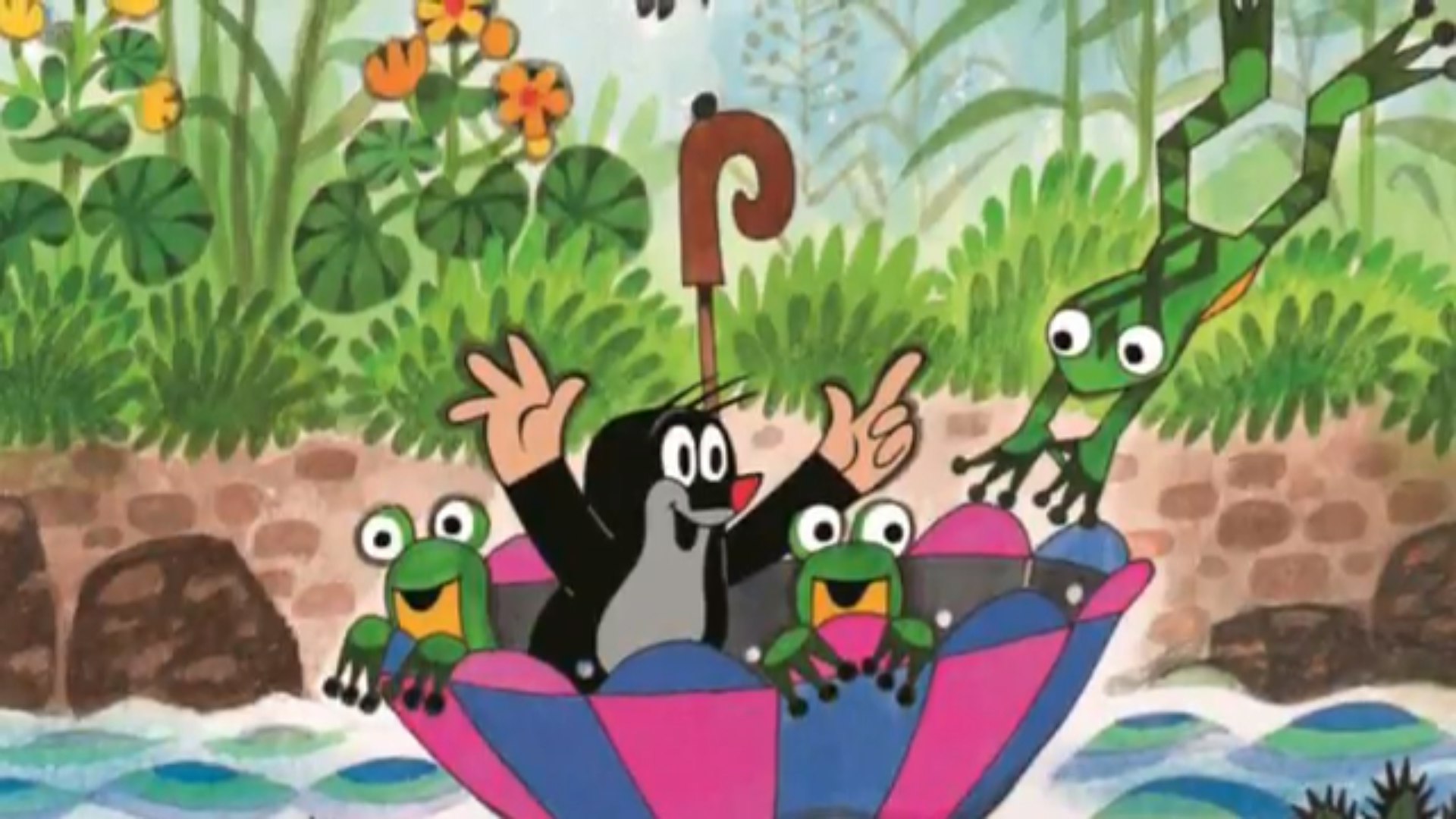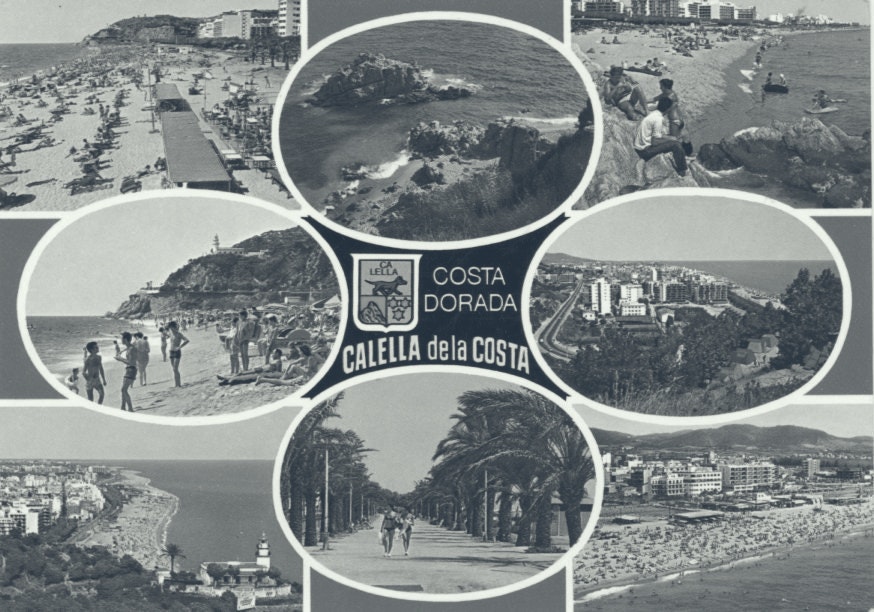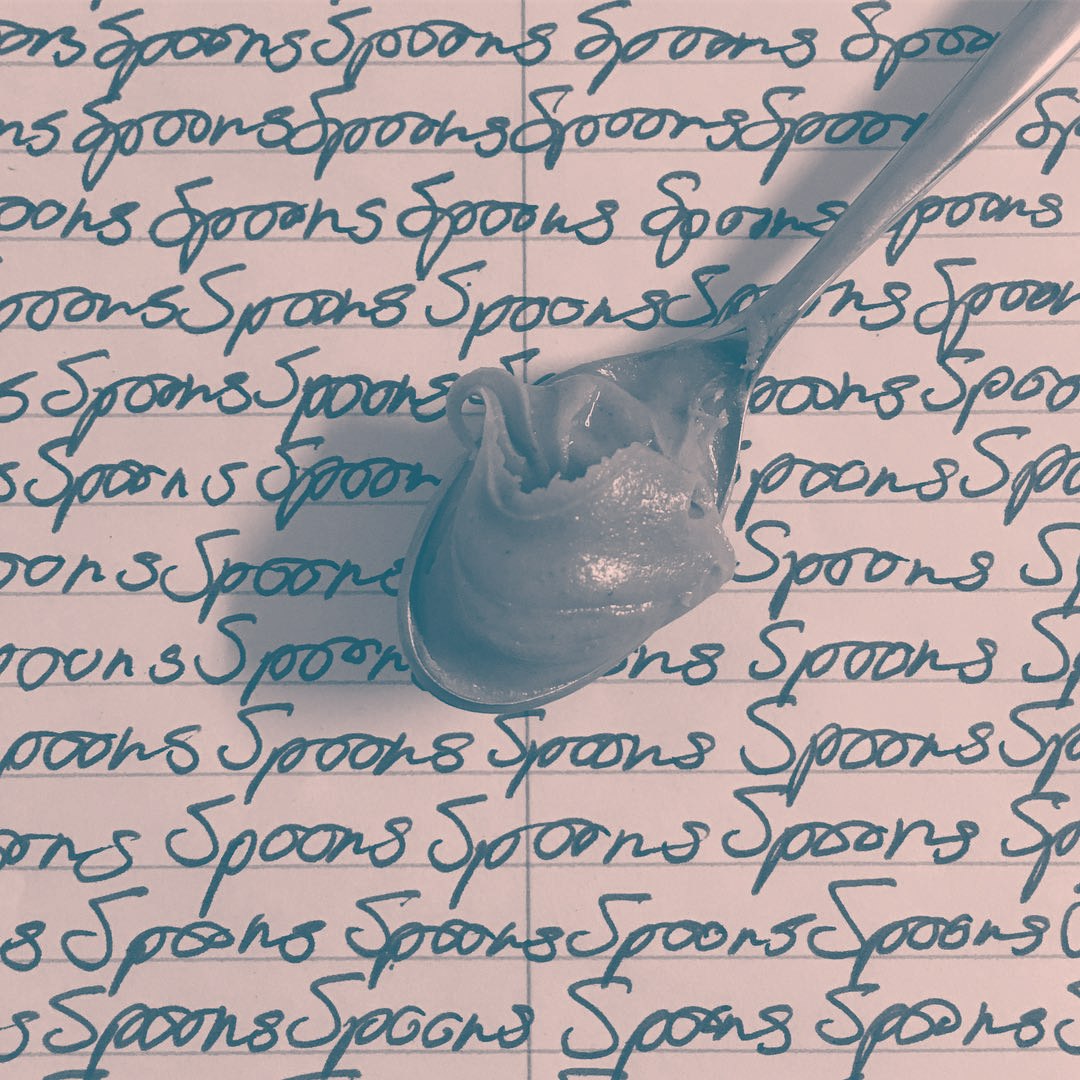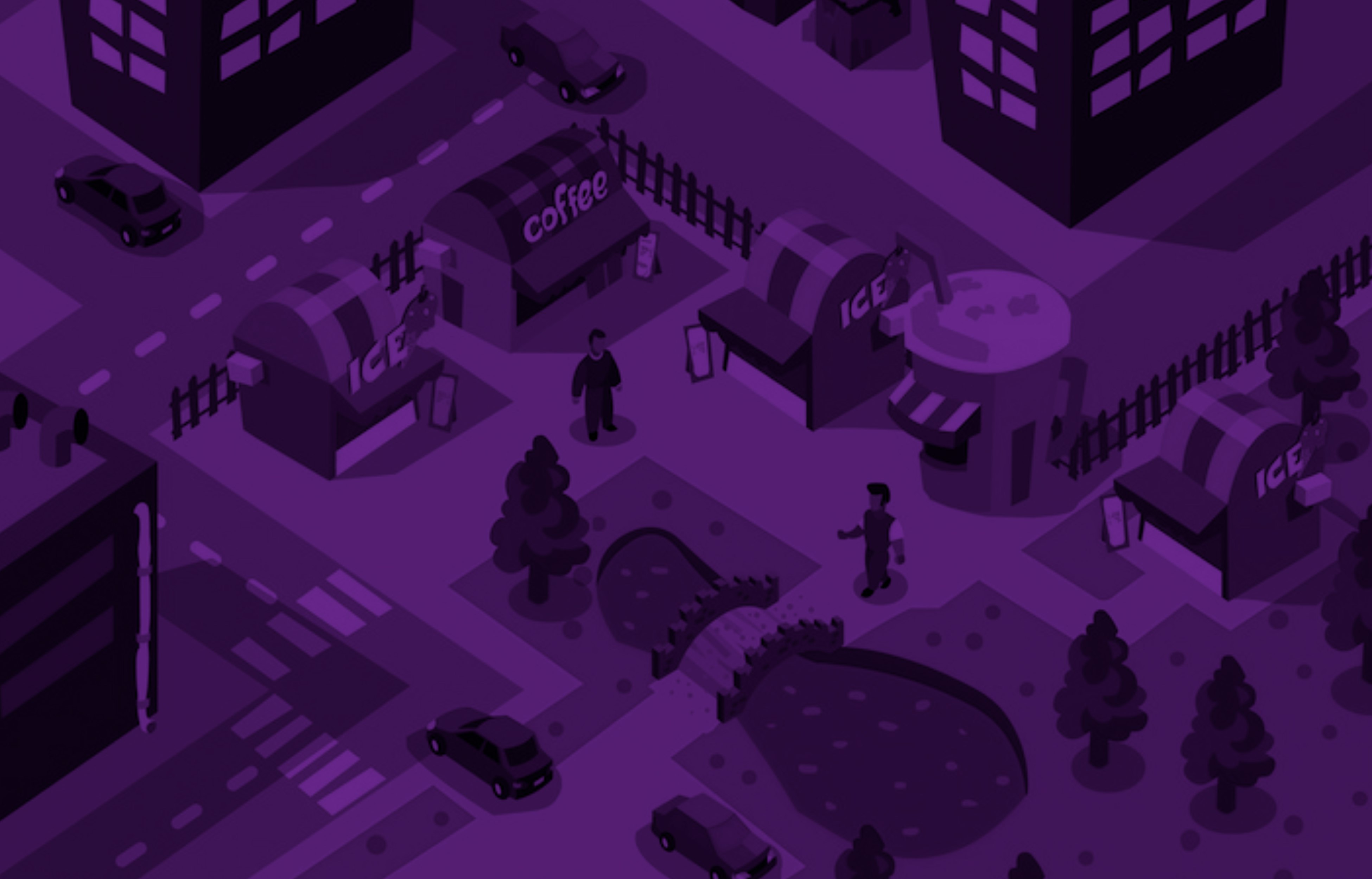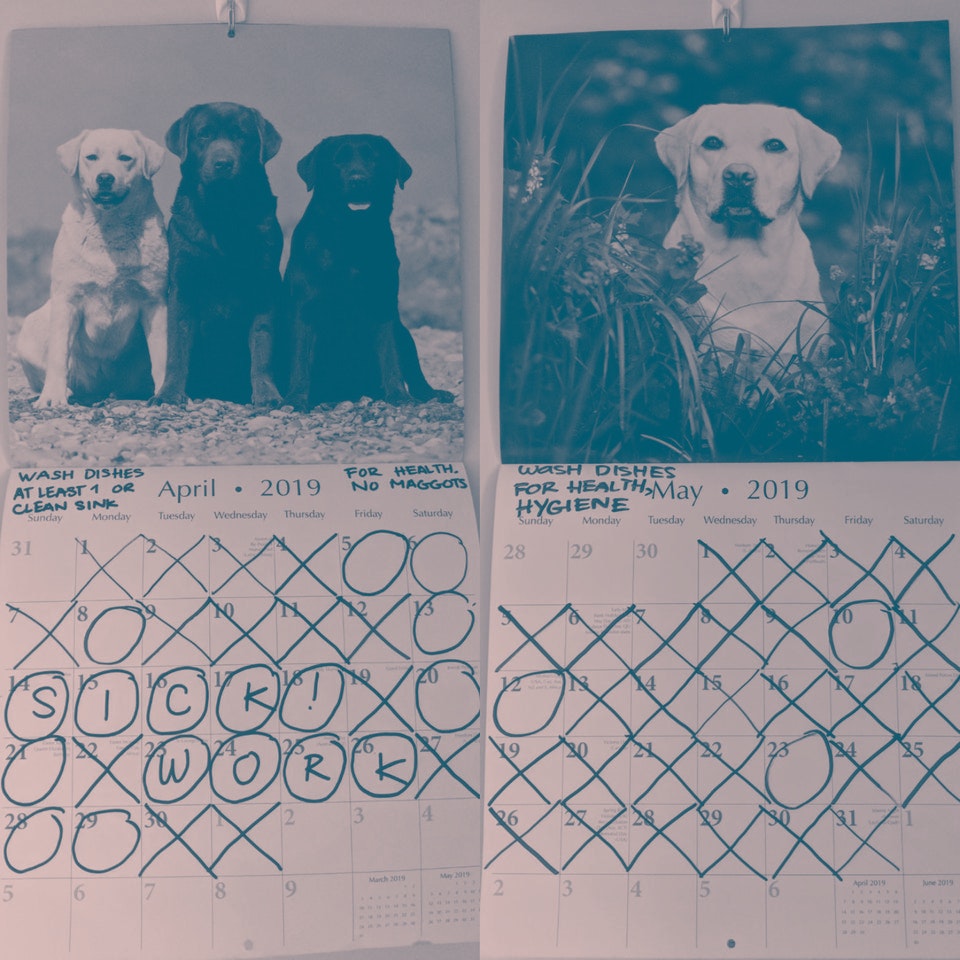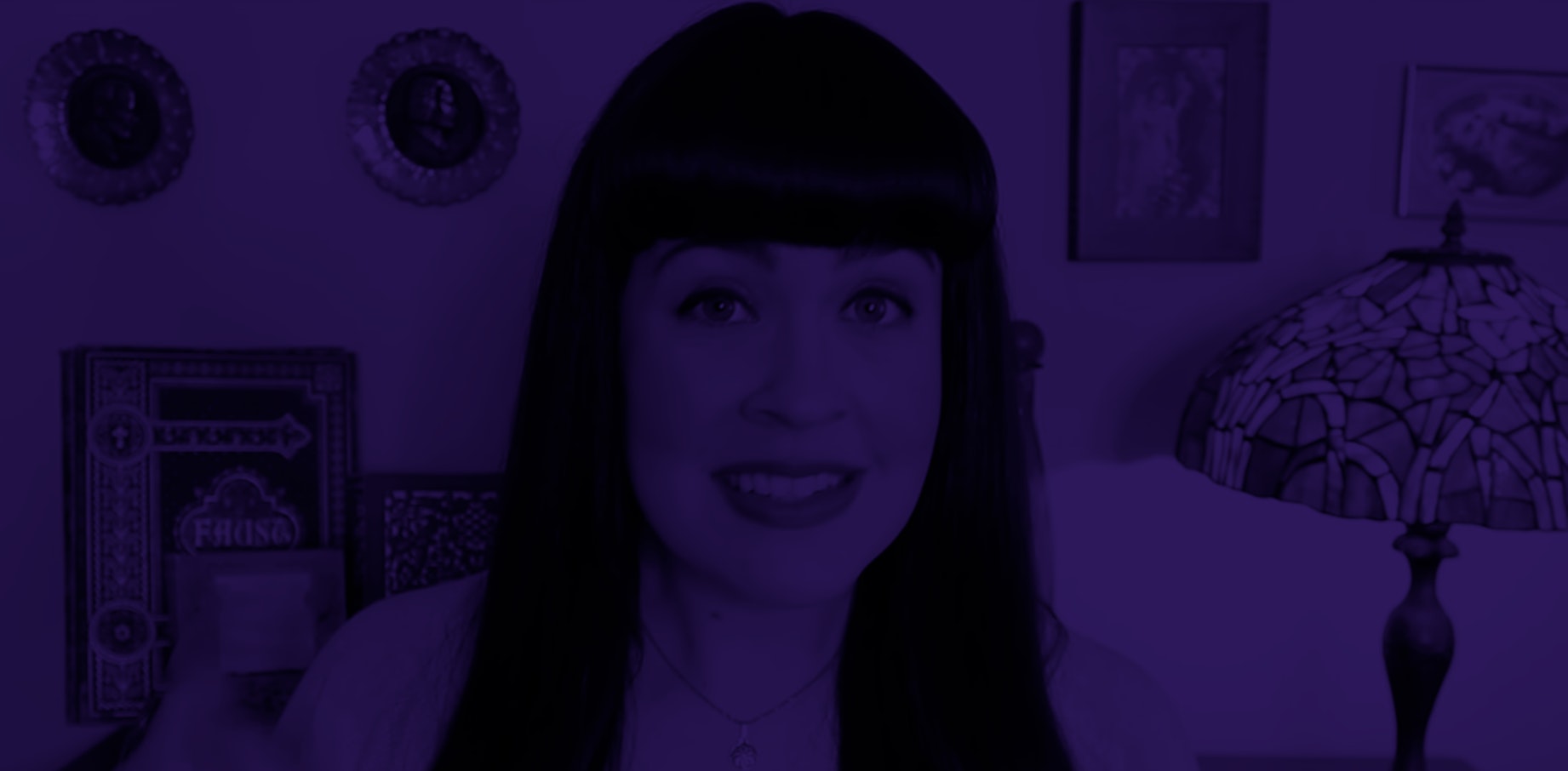but this place is just right.
My first real memory of handling software was in a fifth grade computer class, which mostly involved fumbling through Kid Pix, the computer program that helped children make art, and listening to my teacher’s instructions to right-click this and spacebar that. In the second half of every class we were given free rein to simply draw, and encouraged to expand our 10-year-old minds with digital paint brushes for balloons, bubbles, and creatures that danced, flew and wiggled around. My favorite tool was an eraser bomb, which instantaneously blew up any work-in-progress with a bang, after which the screen would reset to a blank canvas.
Kid Pix was first developed by University of Oregon Professor Craig Hickman in 1989; he wanted to build a drawing program his three-year-old son could use. In 1991, Brøderbund published the program and it went on to become a staple in public school computer labs throughout the ’90s. It was the introductory software to a budding generation of computer users.
The point of Kid Pix was to make the process of creating a picture as important as the final product — it made you love sitting still and staring at a screen while you made spontaneous, random bits of art. Each drawing tool was met with a corresponding, galactic sound effect; the fun was becoming wholly occupied with your evolving masterpiece. In an era when so much of the internet endeavors to keep us clicking from page to page in order to view as many ads as possible, it’s hard to find anything as immersive or whimsical as Kid Pix. But there is a respite from the endless cycle of scrolling, searching, messaging, and liking. That respite is an indie game called Art Sqool.
When you enter Art Sqool, you assume the role of “froshmin” on a sprawling, virtual campus to the tune of the game’s synthy opening track (by the way, the soundtrack is on Spotify, and it’s amazing). Your character, a cute, round person with a black beanie (because, art school), is tasked with finding and collecting as many paint brushes as possible to complete 50 drawing prompts. Your creations are evaluated by Professor Qwertz, a Q-shaped, AI-based art teacher who “objectively” grades your work.
At first blush, the game’s pared-down and simplistic drawing pad is reminiscent of MS Paint. The campus itself is set against a pastel dreamscape with a pink static sky, rolling hills, palm trees, and an abundance of indiscriminate shapes. Aesthetically, the cartoon world is equal parts Sims, Katamari Damacy, and Human: Fall Flat. But mostly, it reminds me of Kid Pix.
My first assignment was to draw an egg hatching. I only had a thin black pencil at my disposal, so I drew a minimalist, Van Gogh-y flower blooming out of an eggshell. As I worked on the piece, I relaxed into a kind of focused zen I hadn’t felt at my computer in years, concentrating only on the creative task at hand. Professor Qwertz gave me a C. I took this up with Art Sqool creator Julian Glander, a 3D artist based in New York City.
He wouldn’t tell me how Professor Qwertz grades the work, but explained that the system is on a curve.
“If you play the game the whole way through, you’ll get a decent mix of As, Bs and Cs,” he said. “It’s really funny because I wasn’t a great student growing up, and getting a B would have been a good grade.”
As I continued playing I was prompted to draw my first real-life memory, a logo for a pet food company, and an “outfit for my friend Qina to wear to a fancy dinner.” My grades were consistently poor, and I became frustrated working within the confines of my computer mouse.
“If you’re in a real art school setting, they would tell you that the craft of drawing, or your ability to actually draw what you want to draw, is more about putting art down,” Glander said. “Maybe having the limitation of the mouse [leads to things] you wouldn’t have done otherwise.”
To make me feel better, he told me a little cheat code he’d inserted into the game that allows the player to unlock all of the game’s brushes. I started a new game with my lazily acquired tools and went into full Kid Pix mode. I had color! And a rainbow pencil! And a wiggle brush! Each tool had a sound, like a ding! for the dotted line tool and a shaking noise for the highlighter. I was tasked with drawing something upside down, so I decided to create some semblance of an ice cream cone with my new suite of supplies. I spent 20 minutes on it and Professor Qwertz gave me another C. I didn’t care. It was consistently therapeutic to have a simple prompt that required me to just draw — a quiet experiment away from the noise of the internet.
Glander confirmed my suspicions that Kid Pix inspired Art Sqool, and told me that his original intention was to simply create a personal sketching tool for his phone. Once he realized that this might be something other people could use, he spent last summer turning the idea into a virtual world. Art Sqool was released in February. It has four to six hours of gameplay and over 200 drawing prompts.
I told Glander how Art Sqool made me feel like I was back in my fifth grade computer class, and about the tranquil state I found in the slow, deliberate nature of the game. “I’m not really into goals or completing things,” he responded. “I think it’s great to approach [the game] as a loose, therapeutic thing. Isn’t that what making art is, after all?”
